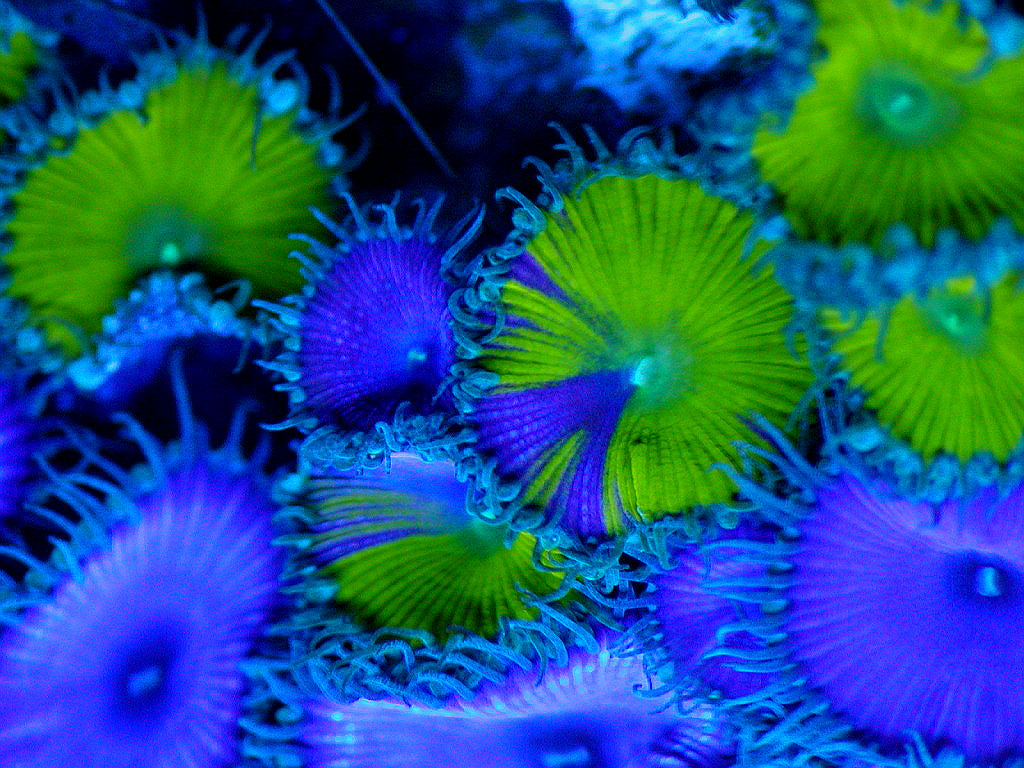The term "Limited Edition" has, in our opinion, been somewhat misused in the hobby over the years.
Here, however, is specimen that truly deserves the "LE" designation: A one-of-a-kind grafted Acanthastrea echinata by ReefGen's master propagator/rocker/scientist, the one and only Justin Credabel.
This thing is just plain cool!
According to Justin, "This is a graft of two Acanthastrea echinata. The graft between these two exhibit transitory fusion (temporary fusion of soft tissue) and show a classic 'let's just get along' skeletal boundry between the two donor grafts that seperate them. The two colonies do exchange symbiotic organisms that help influence each other's color."
Loving this coral...There is a reason why we are called "Unique Corals". and this is a sterling example!

Acanthastrea echinata - ReefGen "Justin' s Fusion Acan Echinata" 1.5" WYSIWYG Specimen - REEFGEN - CORAL
Here, however, is specimen that truly deserves the "LE" designation: A one-of-a-kind grafted Acanthastrea echinata by ReefGen's master propagator/rocker/scientist, the one and only Justin Credabel.
This thing is just plain cool!
According to Justin, "This is a graft of two Acanthastrea echinata. The graft between these two exhibit transitory fusion (temporary fusion of soft tissue) and show a classic 'let's just get along' skeletal boundry between the two donor grafts that seperate them. The two colonies do exchange symbiotic organisms that help influence each other's color."
Loving this coral...There is a reason why we are called "Unique Corals". and this is a sterling example!
Acanthastrea echinata - ReefGen "Justin' s Fusion Acan Echinata" 1.5" WYSIWYG Specimen - REEFGEN - CORAL











